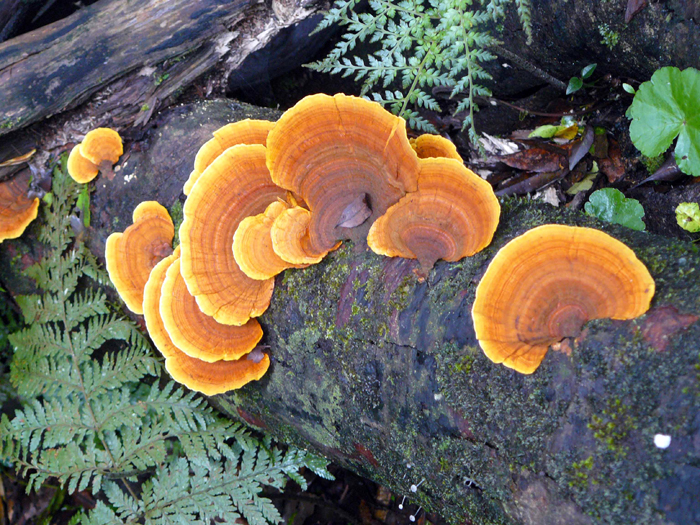Tropical Rainforest Plants Adaptations

As such, plants growing here have special adaptations that allow them to grow and thrive in the tropical rainforest.
Tropical rainforest plants adaptations. The following plant adaptationsenable tropical plants to live in the hot, humid, and wet conditions of the tropical rainforest. The rainforest soil does not have very many nutrients like the soil in other parts of the world. Because of the plethora of life, there are many unique animal and plant adaptations in the tropical rainforest.
This is then used to turn carbon dioxide and water into glucose. Many animals are able to camouflage to avoid predators. This hot, humid biome gets over 200 inches of rain a year, creating the perfect conditions for biodiversity.
A few examples of tropical rainforest plants are avocado trees, orchids, ferns, bromeliads, banana trees, rubber trees, bamboo, trees, cacao, etc. In colder climates north of the equator, tropical plants can be grown as houseplants and set outside during the warm, sunny months. Tropical rainforest adaptations the climate of the tropical rainforest is hot and wet.
Since this is not a concern in the high humidity of tropical rainforests, most trees have a thin, smooth bark. The occurrence of highly diverse life forms in the tropical rainforest biome is basically due to the near extreme environmental factors. They may have very thin barks having thorns or spines.
Tropical rainforest plants are plants that grows naturally in a tropical climate. There are more than around 80,000 different species of rainforest plants, and these include flowers with special features and adaptations, trees with the unique root system, shrubs, bushes, and many vines that are utilized by man either for commercial or food purposes. The leaves of many plants and trees have a waxy coating to make the water slide off of the plant to reduce fungi and bacteria growth on it.
The smoothness of the bark may also make it difficult for other plants to grow on their surface. These specializations have been mentioned below. Bark in drier, temperate deciduous forests a thick bark helps to limit moisture evaporation from the tree's trunk.


















